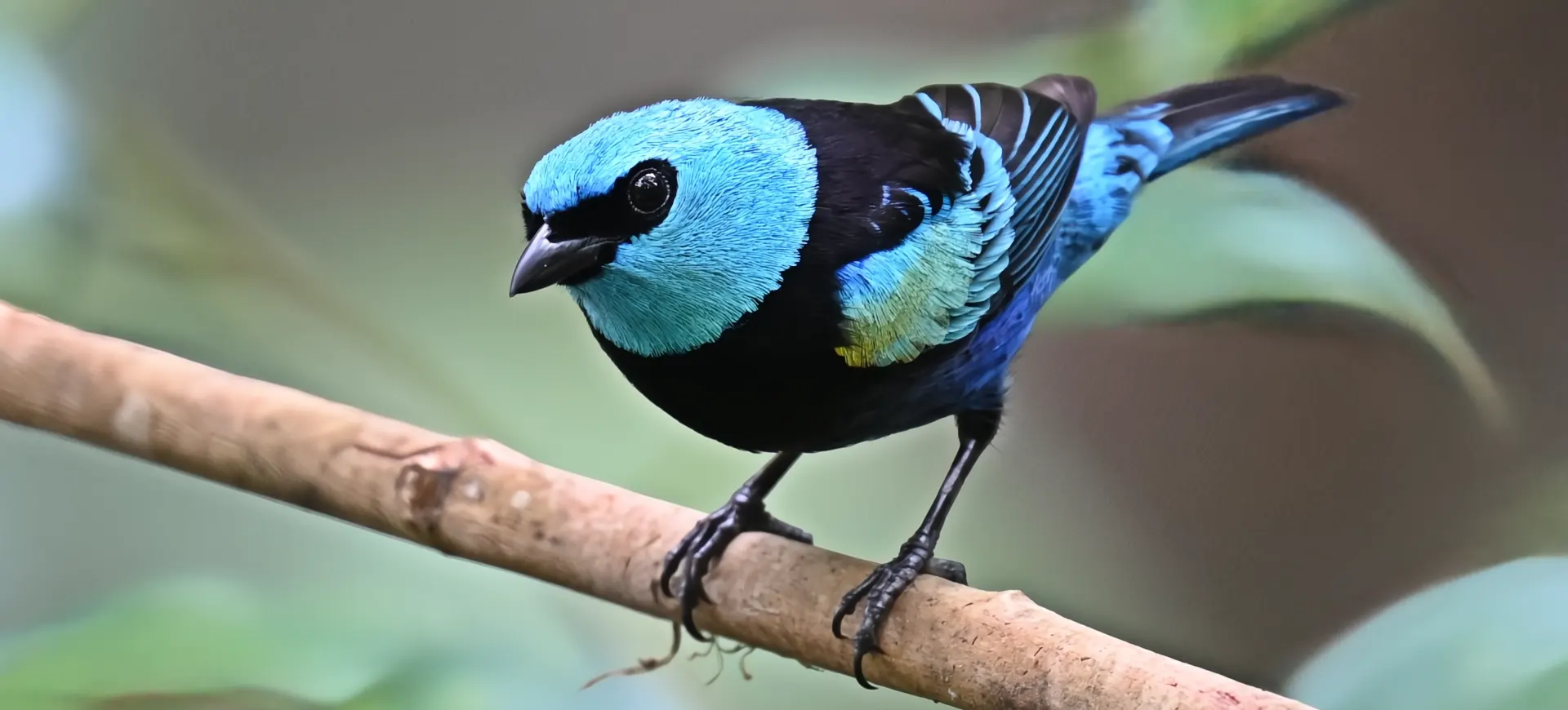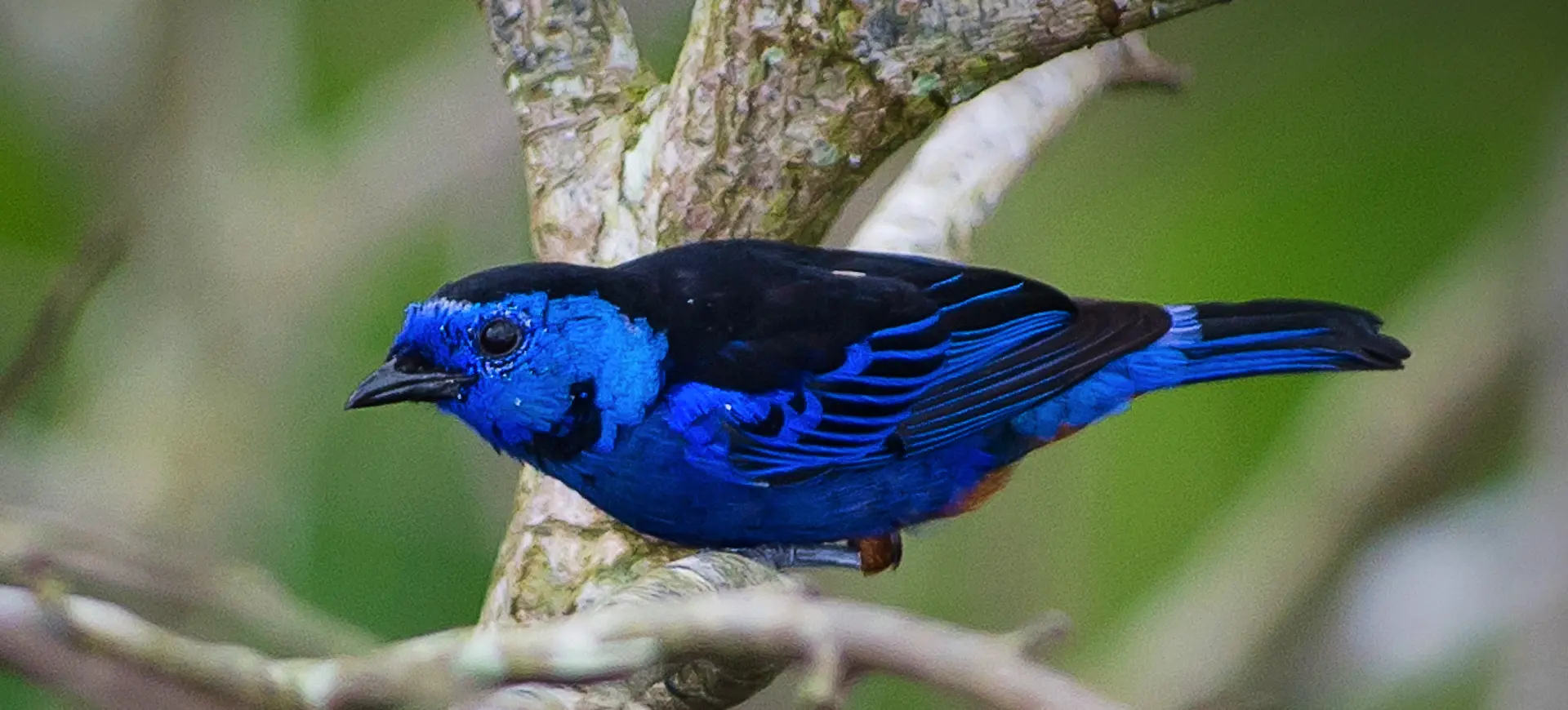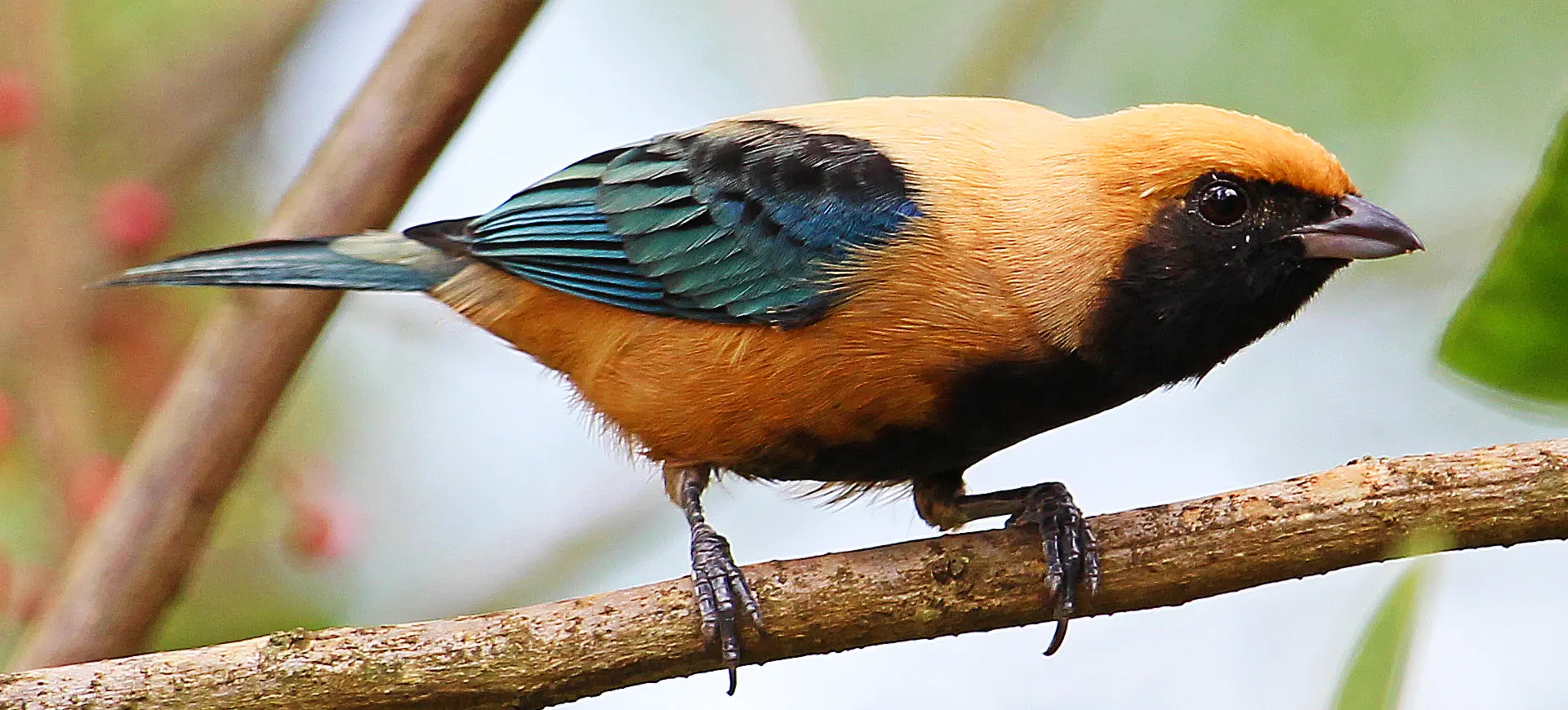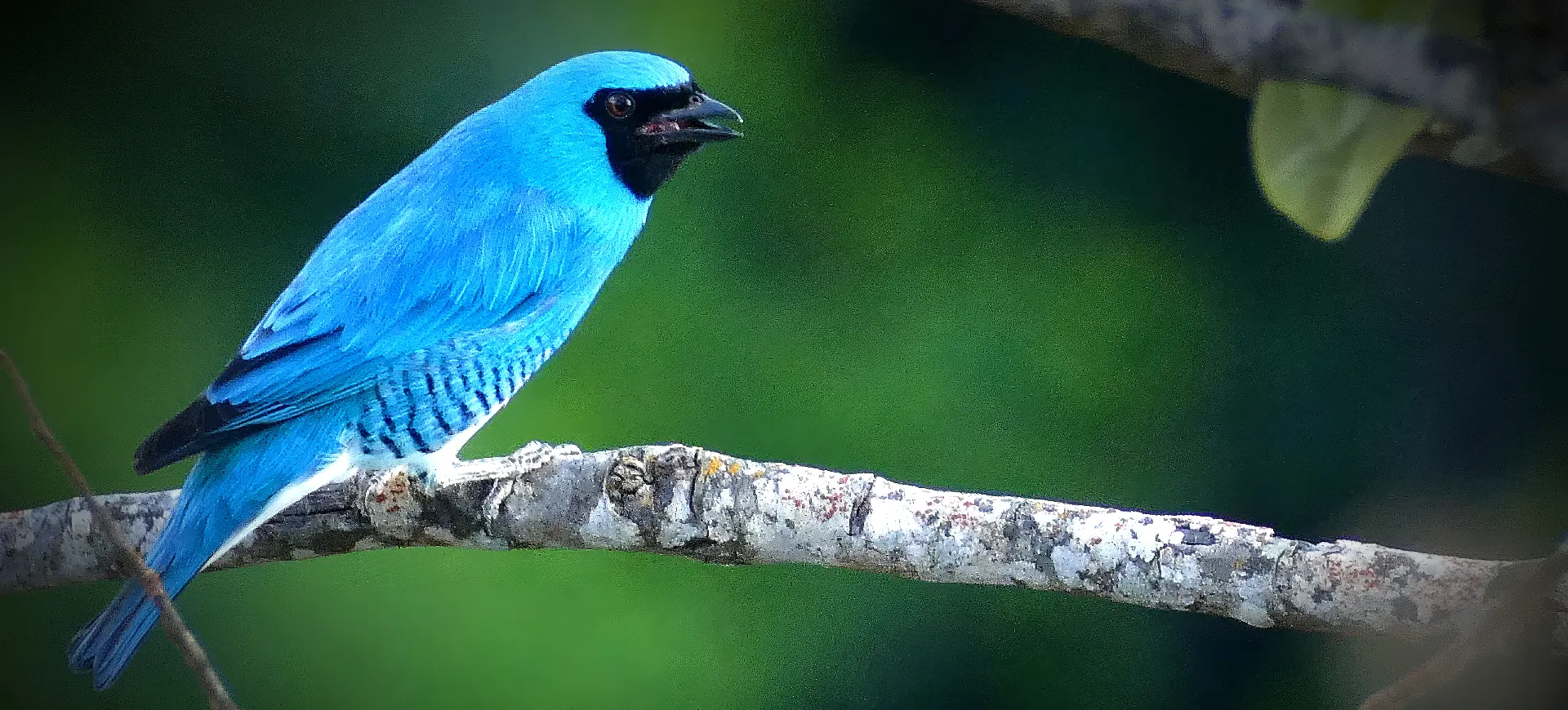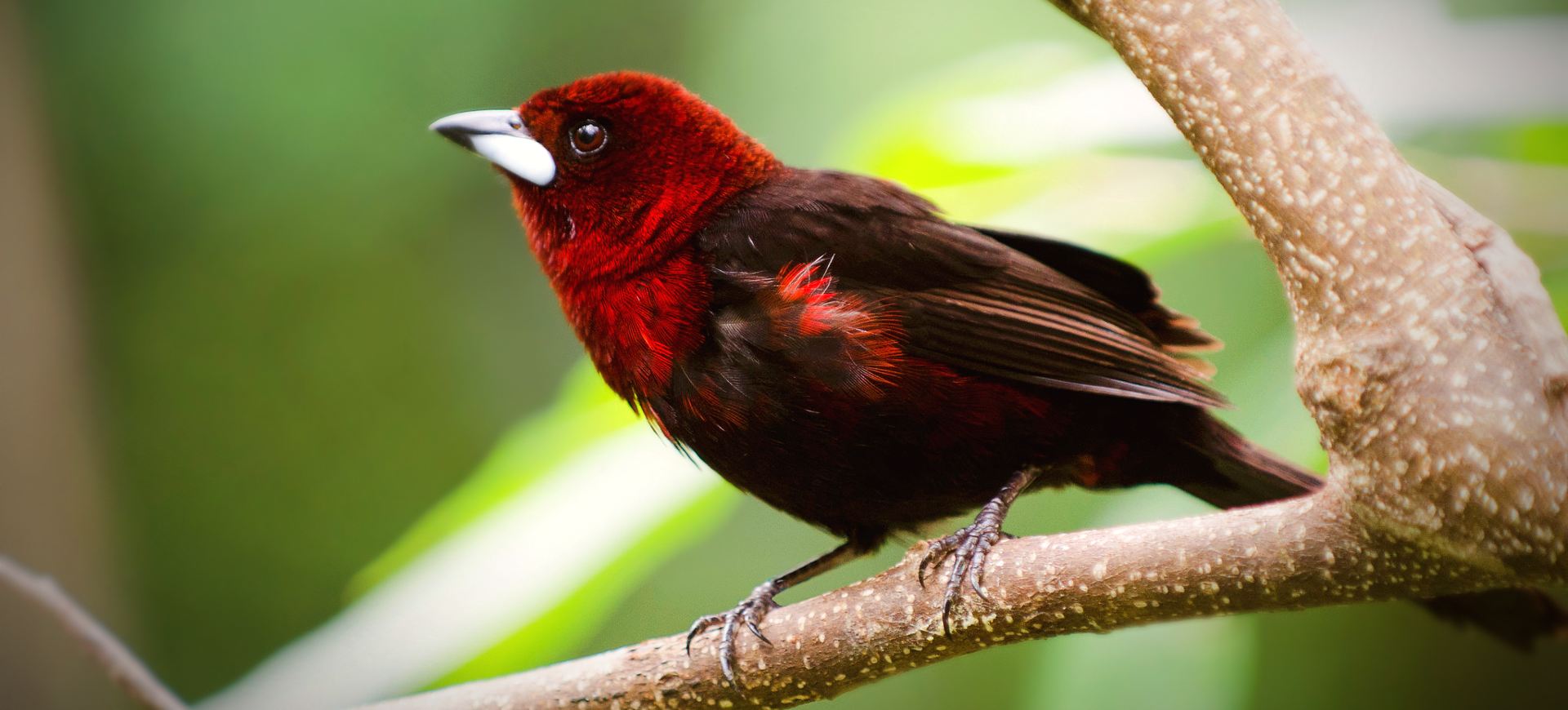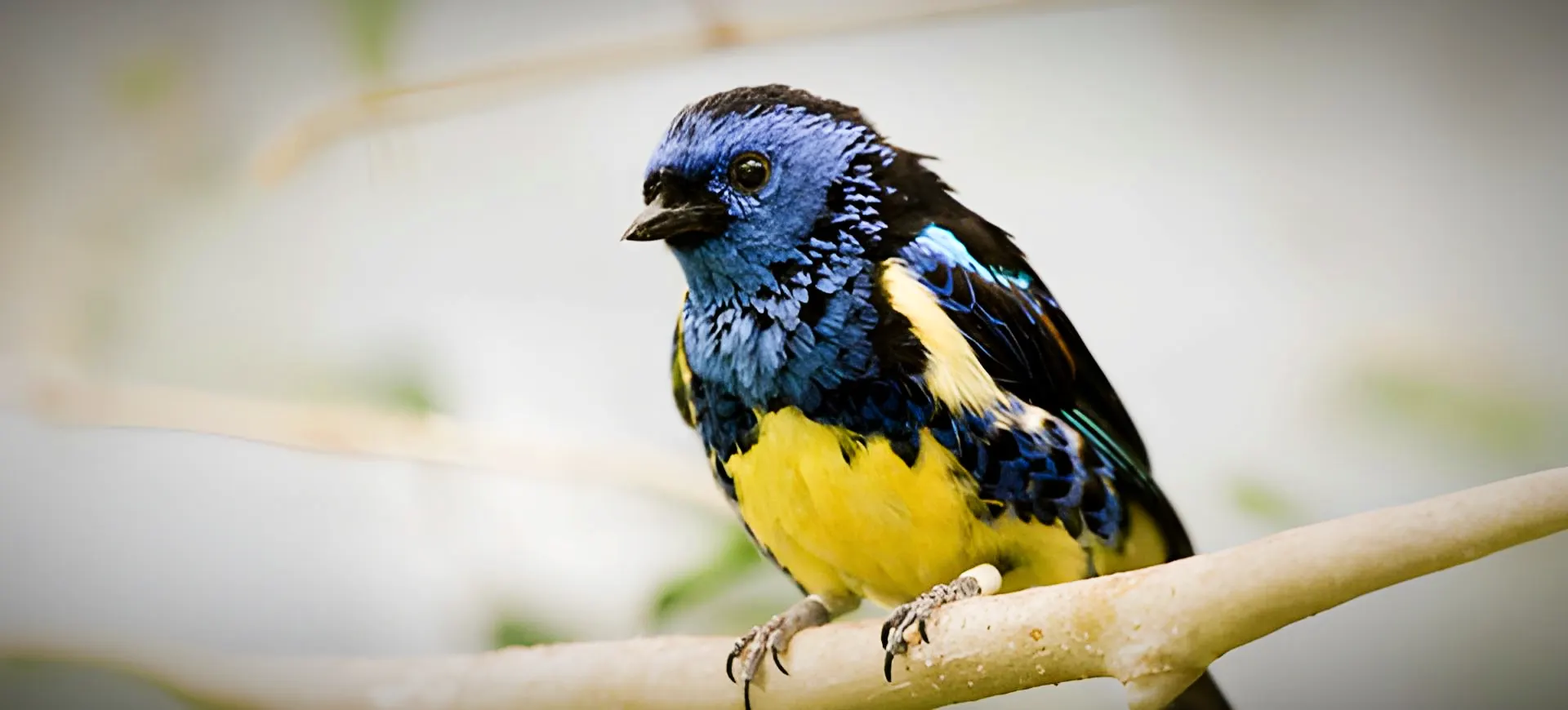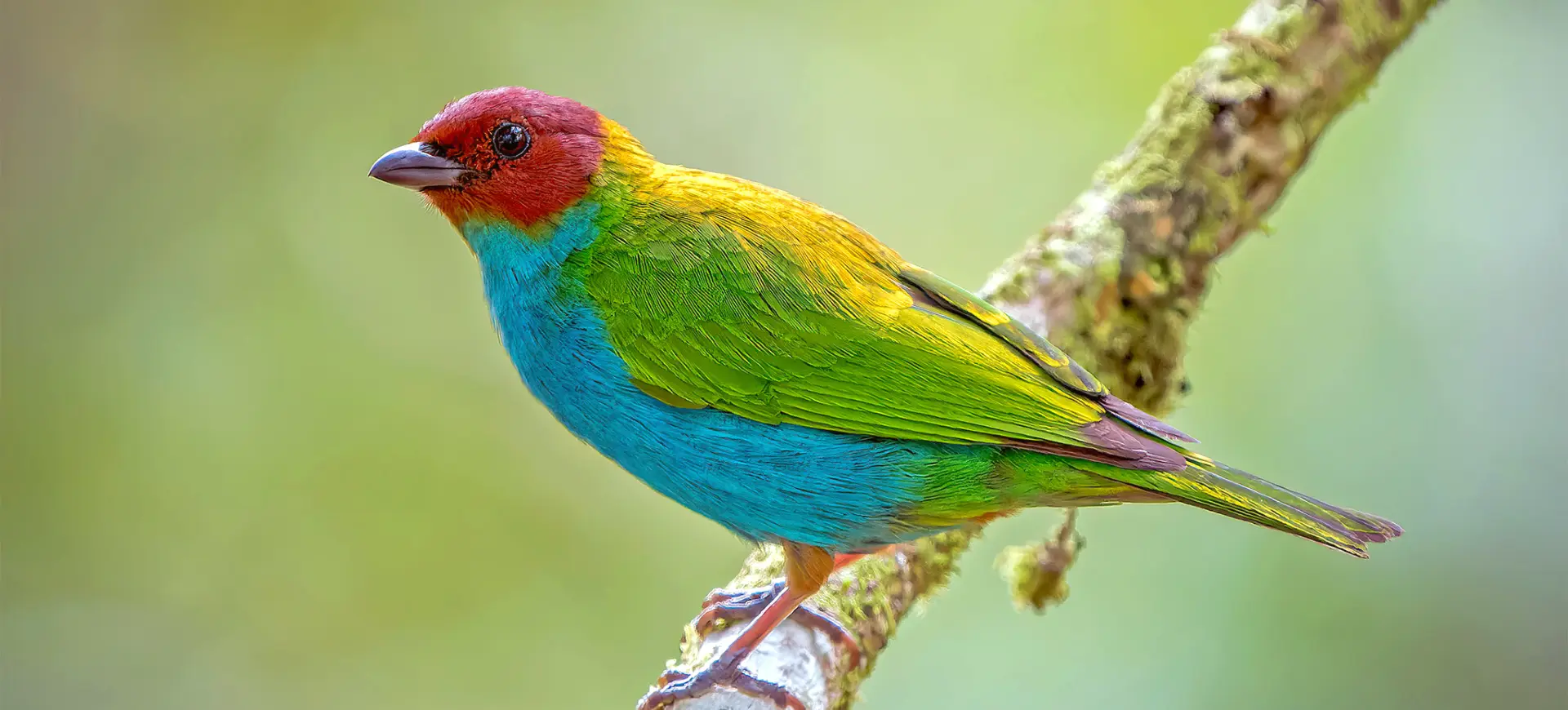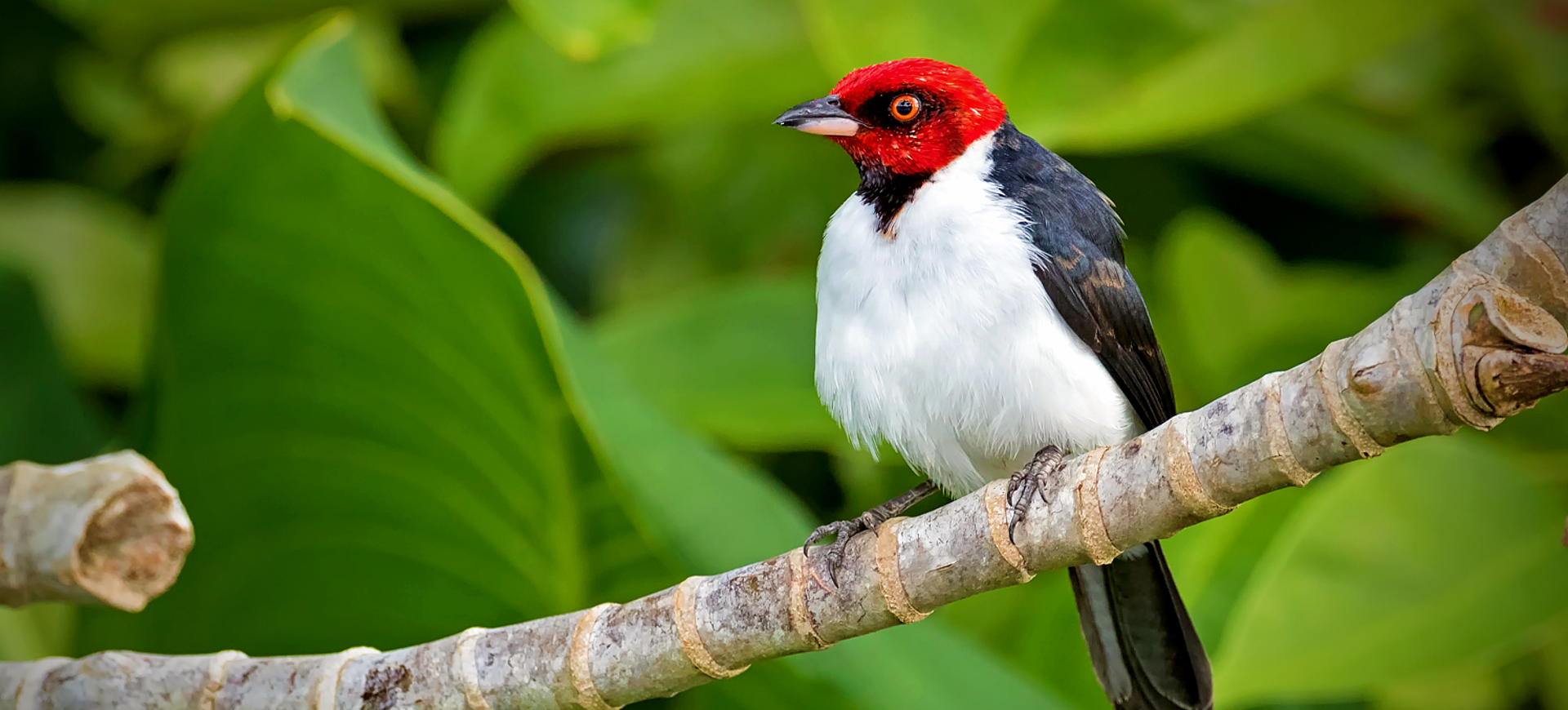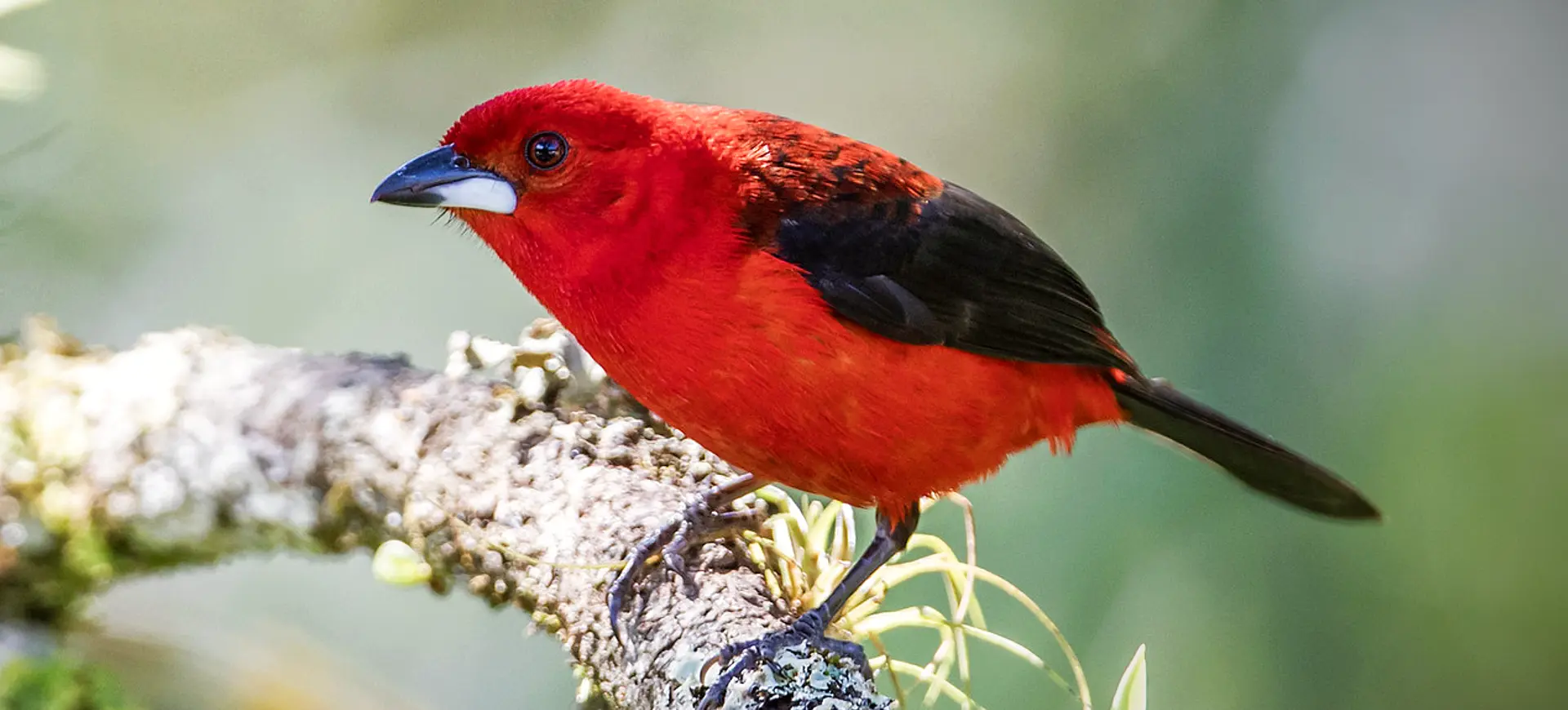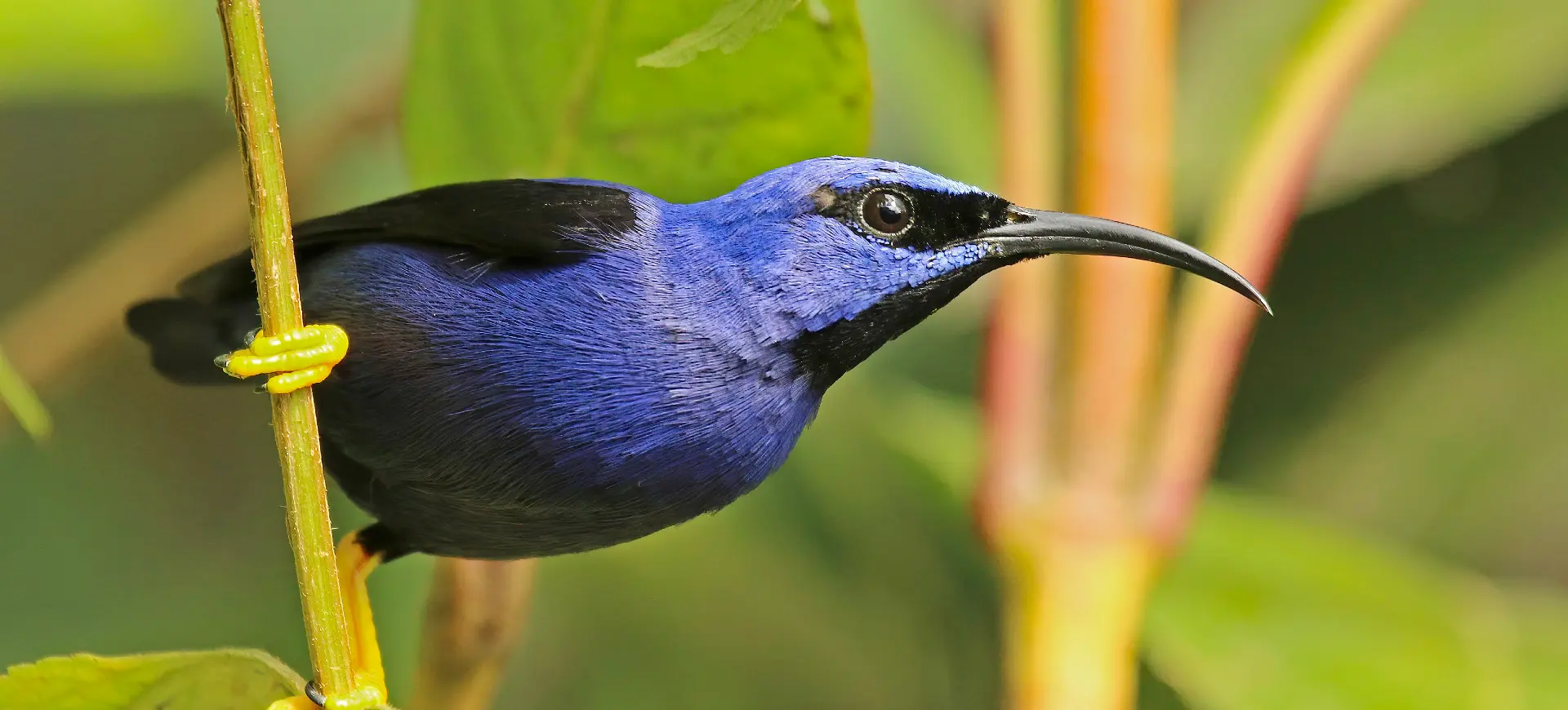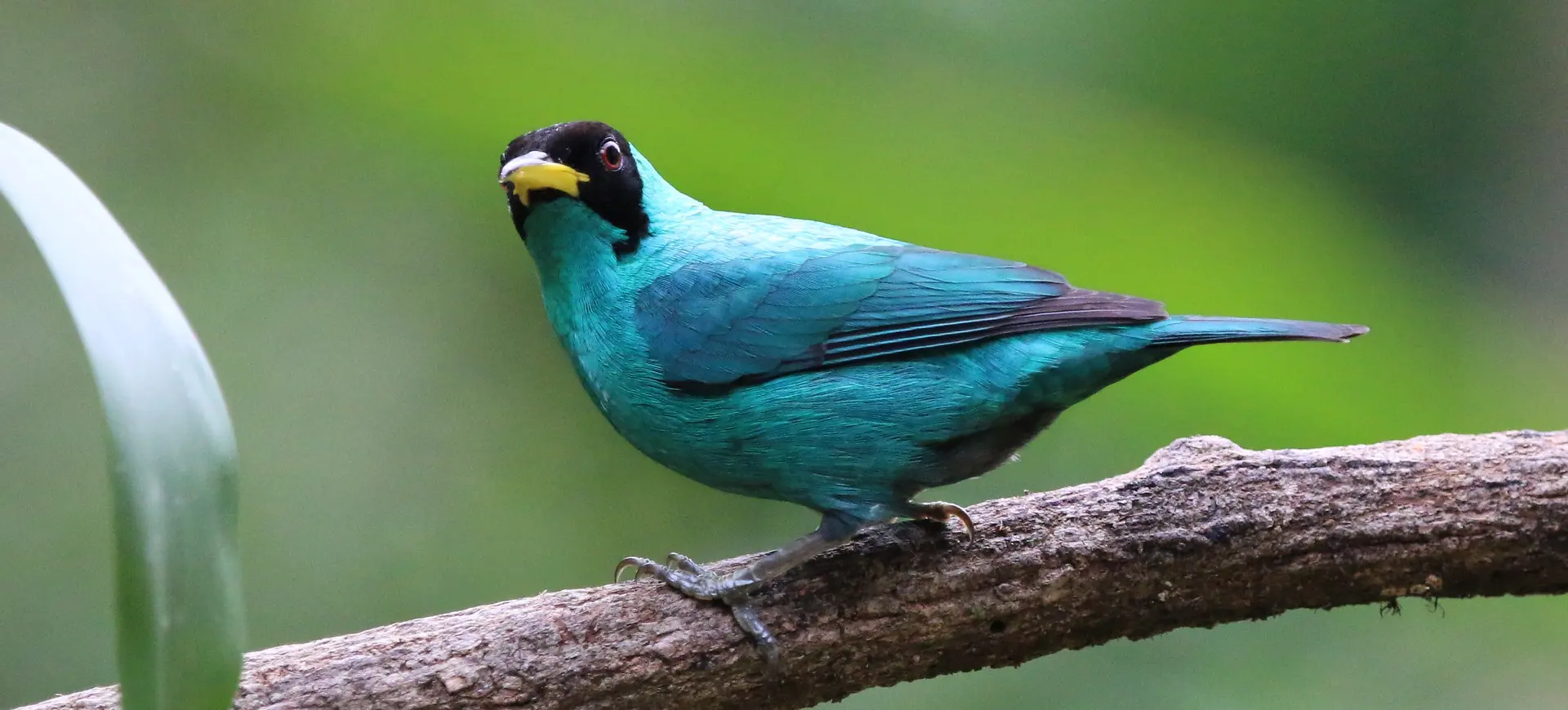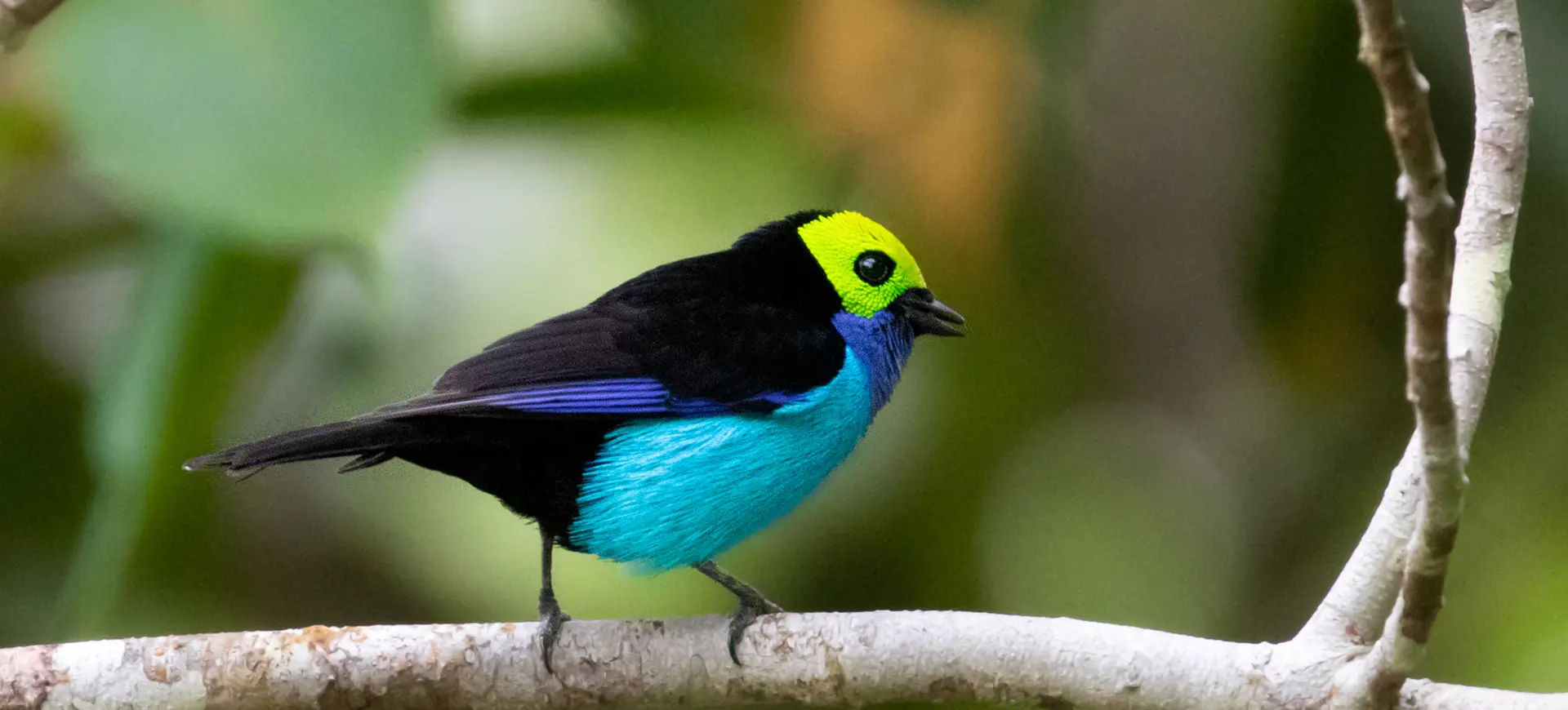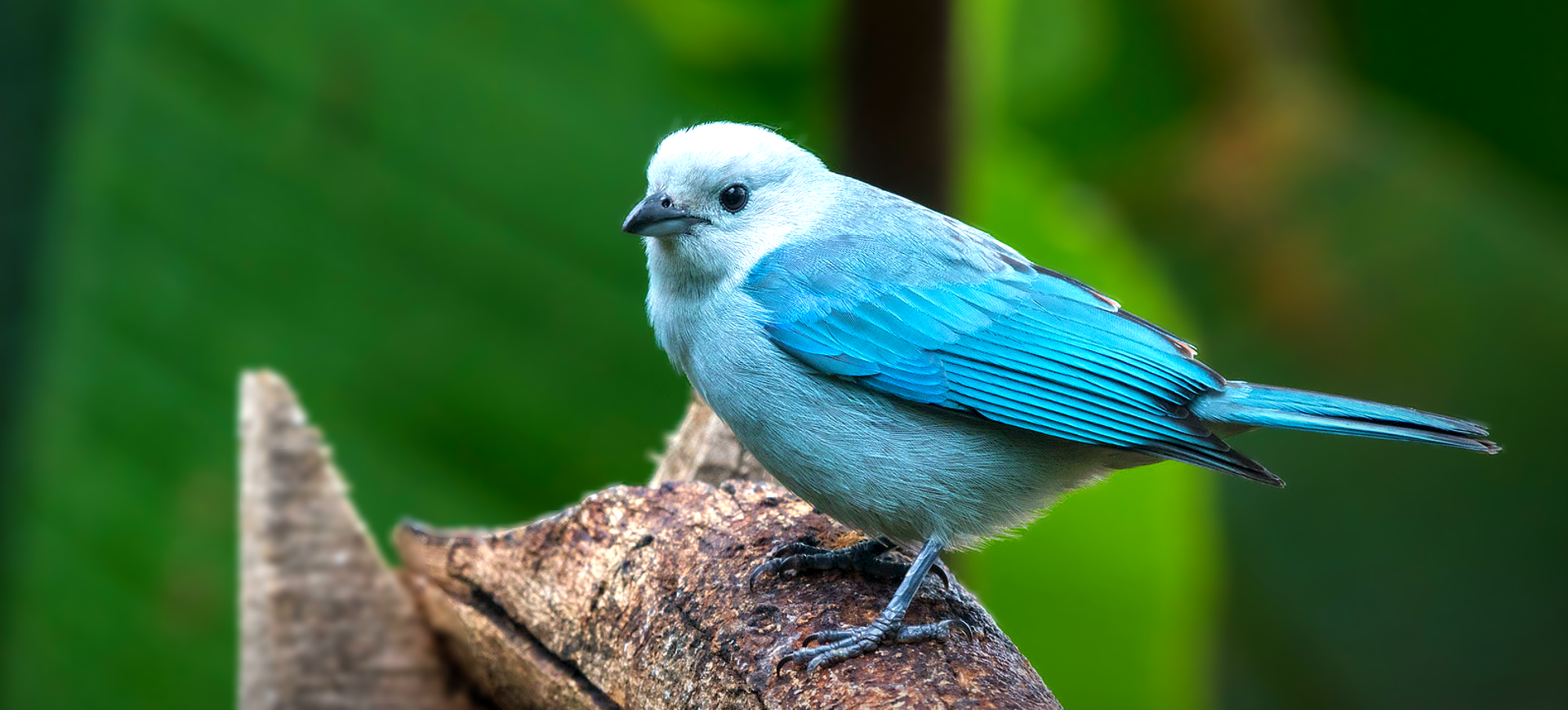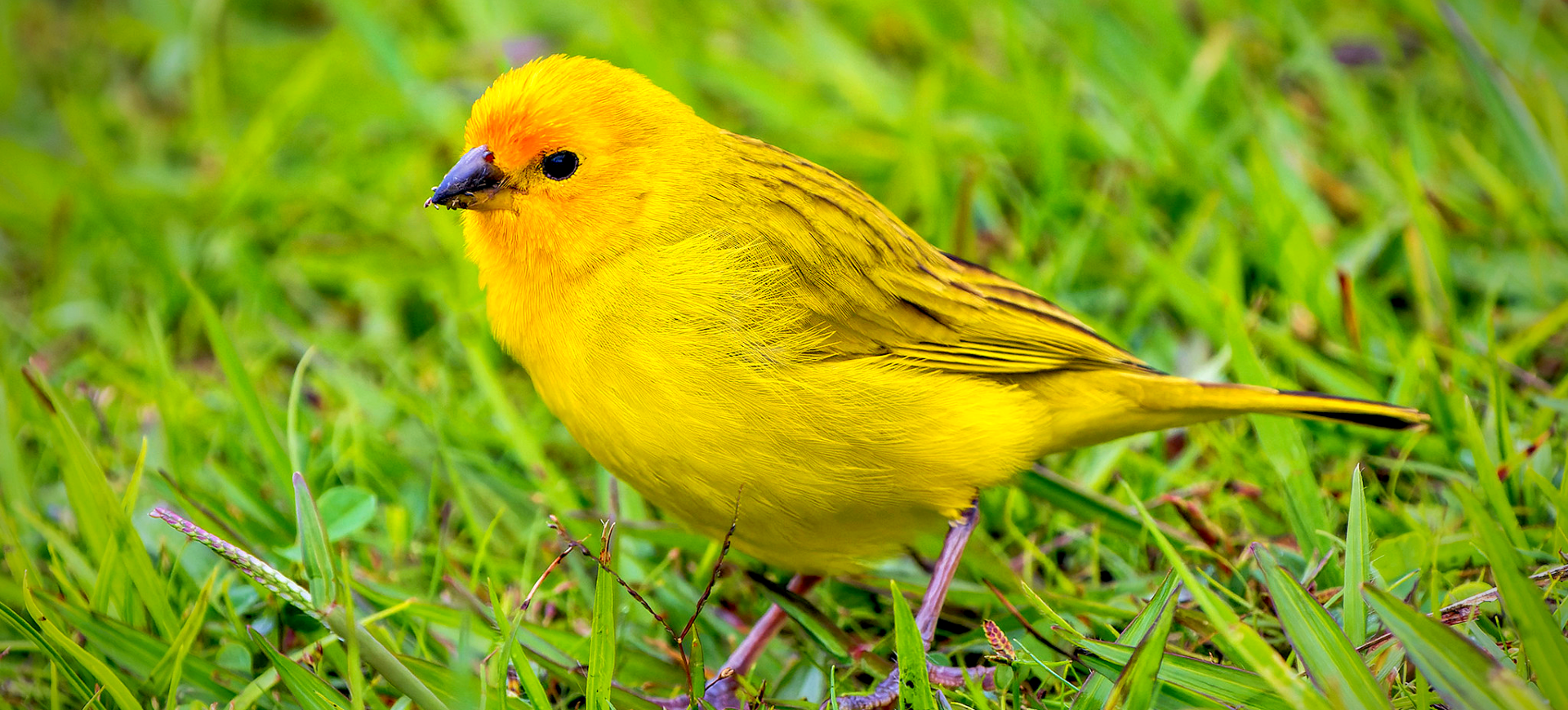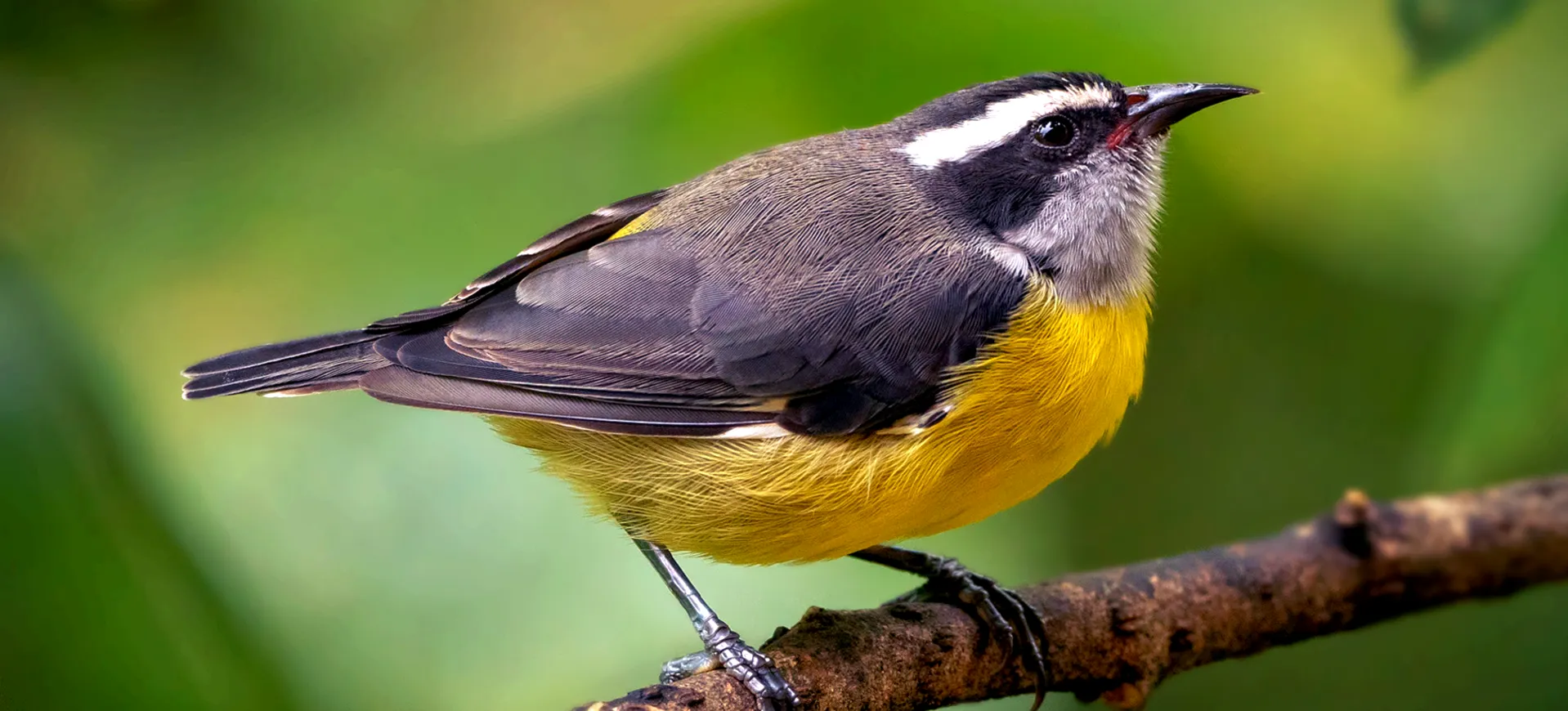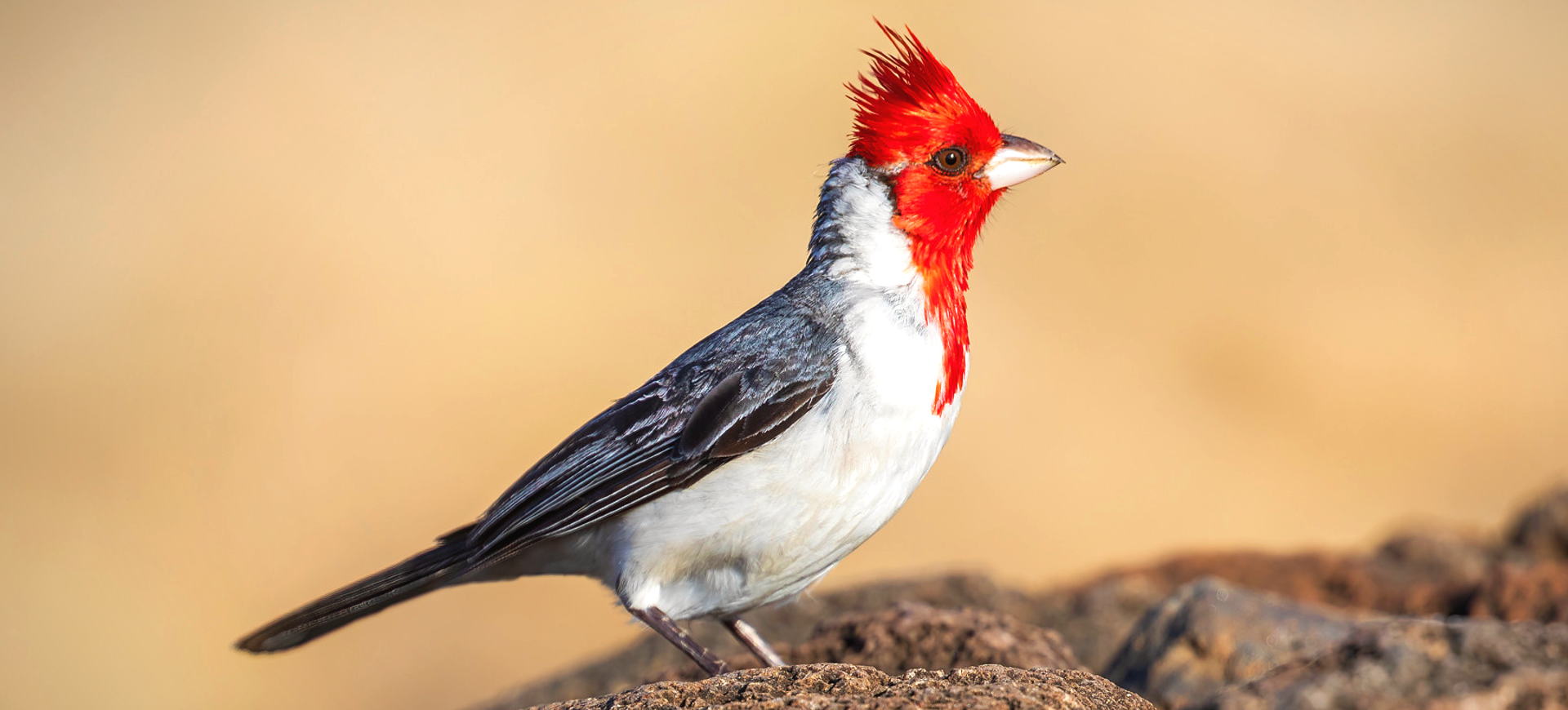Overview
The Spotted Tanager is a small and brightly colored bird native to the tropical regions of South America. Its plumage is a vivid combination of green, blue, and black, with distinctive spots that give the species its name. These tanagers inhabit the understory of lowland and montane forests, thriving in dense foliage where they feed on fruits and insects. The bird’s striking appearance and agile movements through the vegetation make it a fascinating subject of study for ornithologists and birdwatchers alike.
The Spotted Tanager is known for its social behavior. It often joins mixed-species feeding flocks to forage. This strategy allows individuals to benefit from the vigilance of other species while searching for food, thereby reducing the risk of predation. The species demonstrates a preference for primary forests but can also be found in secondary-growth areas, highlighting its adaptability to different forest conditions. Despite this adaptability, habitat destruction poses a significant threat to its populations, emphasizing the need for conservation efforts.
The breeding behavior of the Spotted Tanager is less well-documented, but like many tanagers, they are believed to be monogamous. They build cup-shaped nests in which they lay two to three eggs. Both parents share responsibilities for incubating and feeding the young, indicating high parental care. Conserving their habitat is crucial for maintaining this species’ reproductive success and long-term survival.
Taxonomy
Kingdom
Phylum
Class
Order
Family
Genus
Species
Sub Species
Type
Physical Description:
The Spotted Tanager is a small bird measuring 5 to 6 inches long and weighing approximately 0.5 to 0.7 ounces. Its body is primarily bright green, with a blue throat, chest, and black wings and tail. The most distinctive feature of the Spotted Tanager is the pattern of fine black spots that cover its body, from which it derives its common name. This spotting provides camouflage among the dappled sunlight of its forest habitat.
Both males and females exhibit similar plumage, making it difficult to distinguish between the sexes based on appearance alone. Juveniles have a more subdued coloration and less pronounced spotting. The bird’s beak is relatively short and conical, adapted for fruit and insectivory consumption. Their agile flight and maneuverability through the understory are crucial for accessing food sources and evading predators.

Lifespan: Wild: unknown || Captivity: unknown

Weight: Male & Female: 0.5-0.7 oz (14-20 g)

Length: Male & Female: 5-6 inches (12.7-15.2 cm)

Wingspan: Male & Female: 6–7 in (15–18 cm)
Characteristic:
Native Habitat:
The spotted Tanager is native to the tropical forests of South America, with a range that extends from Colombia and Venezuela south to Bolivia and Brazil. Its preferred habitats include lowland and montane rainforests, where it occupies the understory and mid-canopy levels. These habitats provide the dense foliage necessary for feeding, nesting, and protection from predators.
The species’ adaptability to different forest types is evident in its presence in secondary forests and forest edges. However, the Spotted Tanager relies heavily on the availability of continuous forest cover for its survival. The conservation of these habitats is essential for the species, as deforestation and habitat fragmentation pose significant threats to its populations.
Climate Zones:
Biomes:
WWF Biomes:
Biogeographical Realms:
Continents:
Diet:
Diet & Feeding Habits:
The Spotted Tanager is omnivorous, eating both fruits and insects. This varied diet allows them to exploit various food sources within their forest habitats. They are particularly adept at catching insects in mid-flight and foraging for fruit in dense foliage. The bird’s feeding behavior is characterized by agility and precision, enabling it to navigate complex vegetation.
In addition to solitary feeding, the Spotted Tanager often participates in mixed-species flocks, a behavior that increases foraging efficiency and reduces the risk of predation. These flocks typically form in areas where food resources are abundant, allowing multiple species to feed together harmoniously. The Spotted Tanager’s diet and feeding habits play a critical role in seed dispersal and pest control within their ecosystems, highlighting their importance in maintaining forest health.
Mating Behavior:
Mating Description:
The Spotted Tanager’s mating and reproductive behaviors are not as extensively documented as those of some other bird species. However, they are believed to be monogamous, with pairs forming strong bonds during the breeding season. Nesting sites are carefully chosen in the dense foliage, where the female constructs a cup-shaped nest to lay her eggs.
The breeding season coincides with abundant food resources, ensuring the parents have ample nourishment for their chicks. Both males and females care for the young, from incubation to feeding, demonstrating a high level of parental investment. This cooperative breeding strategy is essential for the survival of the offspring, as it increases their chances of fledging successfully.
Reproduction Season:
Birth Type:
Pregnancy Duration:
Female Name:
Male Name:
Baby Name:
Social Structure Description:
The Spotted Tanager exhibits social behavior, often forming mixed-species flocks with other birds to forage. This cooperative behavior increases foraging efficiency and reduces predation risk, demonstrating the species’ adaptability and social intelligence. Within these flocks, the Spotted Tanager maintains a hierarchy based on age and sex, influencing access to food resources and nesting sites.
During the breeding season, the Spotted Tanager’s social structure focuses on the monogamous pair and their offspring. The strong bond between mates is crucial for successfully breeding and rearing chicks. The species’ social behaviors, from flocking to pair bonding, highlight the complexity of its interactions and the importance of social cohesion for survival.
Groups:
Conservation Status:
Population Trend:
The Spotted Tanager is currently classified as Least Concern by the IUCN, indicating a stable population trend. This status reflects the species’ wide distribution and adaptability to different forest habitats. However, ongoing habitat destruction and fragmentation threaten its populations, highlighting the need for continued monitoring and conservation efforts.
The bird’s presence in protected areas and national parks is a positive indicator of successful conservation initiatives. These areas provide essential habitats for the Spotted Tanager, supporting stable and healthy populations. Continued efforts to protect and restore tropical forests are crucial for the species’ long-term survival, ensuring that it remains a common sight in its native range.
Population Threats:
The primary threat to the Spotted Tanager is habitat destruction resulting from deforestation and land conversion for agriculture. This habitat loss reduces food availability and nesting sites, impacting the species’ ability to reproduce and maintain stable populations. Illegal logging and mining activities also contribute to habitat degradation, threatening the Spotted Tanager’s survival.
Climate change poses an additional threat, potentially impacting the species’ habitat and food sources. Adapting conservation strategies to address these emerging challenges is essential for protecting the Spotted Tanager. Efforts to mitigate habitat loss and combat climate change are critical for the species’ future.
Conservation Efforts:
Conservation efforts for the Spotted Tanager include habitat protection and restoration, focusing on preserving tropical forest ecosystems. Establishing protected areas and national parks has effectively safeguarded habitats and supported stable populations of the species. Reforestation projects and sustainable land-use practices also contribute to habitat restoration and connectivity, benefiting the Spotted Tanager and other forest species.
Community involvement and education are also key components of conservation strategies, raising awareness about the importance of forest conservation and the threats facing the Spotted Tanager. International cooperation and funding support conservation initiatives, providing the resources necessary for research, monitoring, and habitat management. The continued success of these efforts is vital for ensuring the Spotted Tanager’s survival in the wild.
Additional Resources:
Fun Facts
- The Spotted Tanager is part of the diverse and colorful tanager family, known for their vivid plumage.
- Despite its bright colors, the bird’s spotted pattern provides camouflage in the dappled sunlight of the forest understory.
- It can participate in mixed-species flocks, a behavior that benefits both the Spotted Tanager and other participating species.
- The species is adaptable and can thrive in primary and secondary forests.
- Its diet plays a crucial role in seed dispersal, contributing to the regeneration of its forest habitat.
- The Spotted Tanager’s vocalizations are varied and include both calls and songs used for communication.
- They are skilled flyers, capable of maneuvering through dense foliage for food.
- Conservation efforts have helped maintain stable populations in protected areas.
- The Spotted Tanager contributes to the biodiversity and ecological balance of its habitat.
- Despite its Least Concern status, the species depends on continued conservation efforts to mitigate habitat loss and climate change threats.





